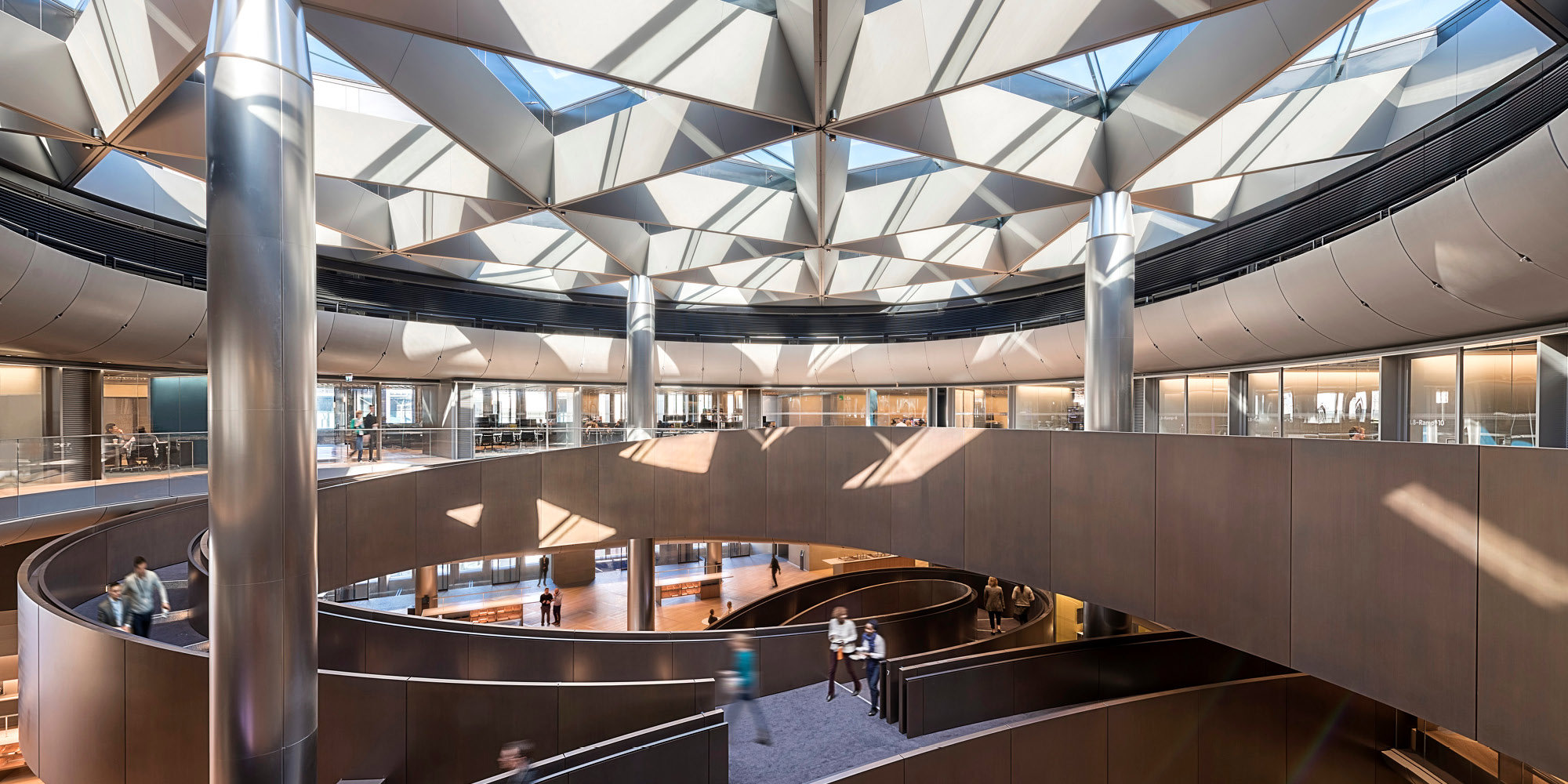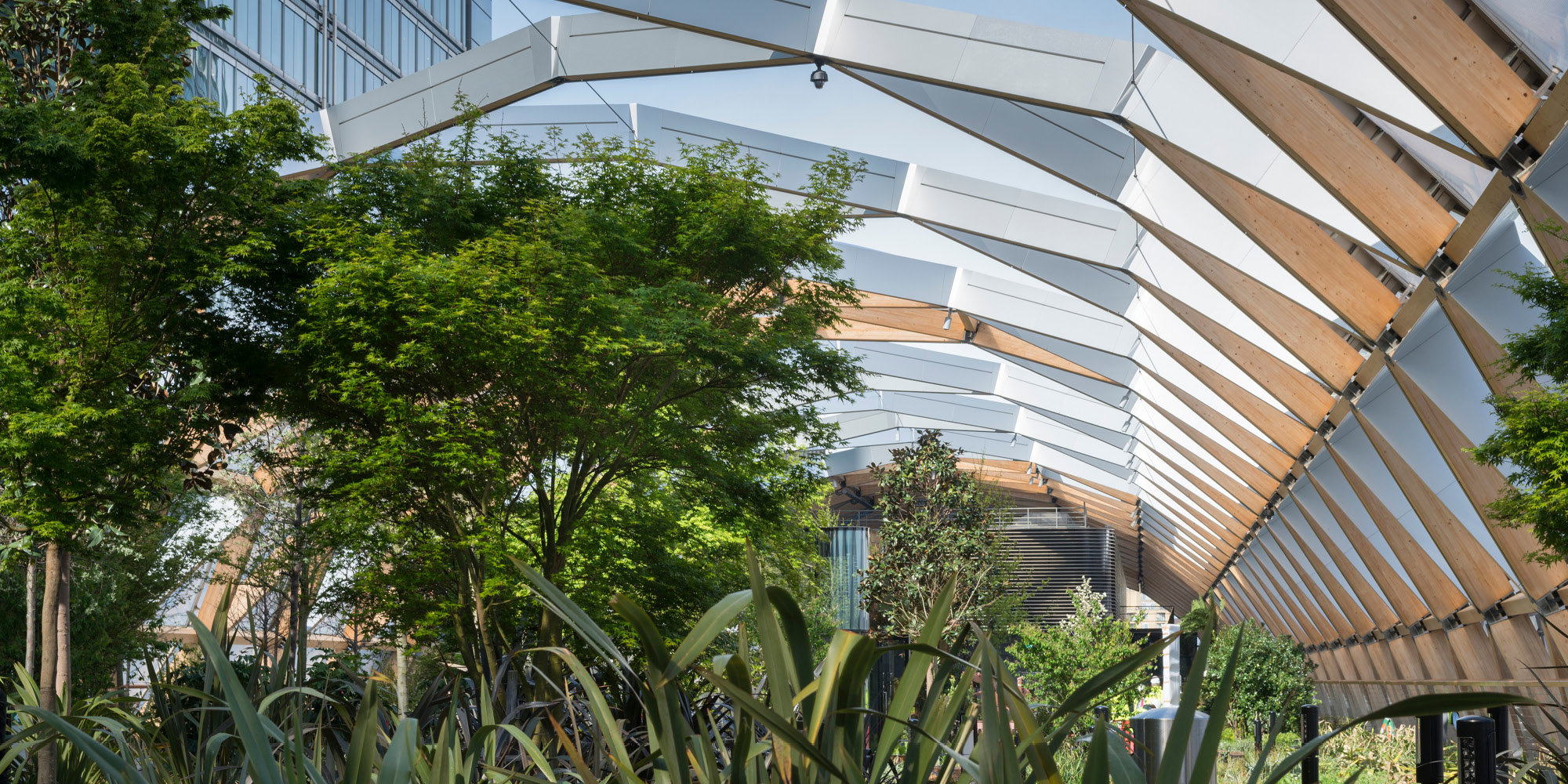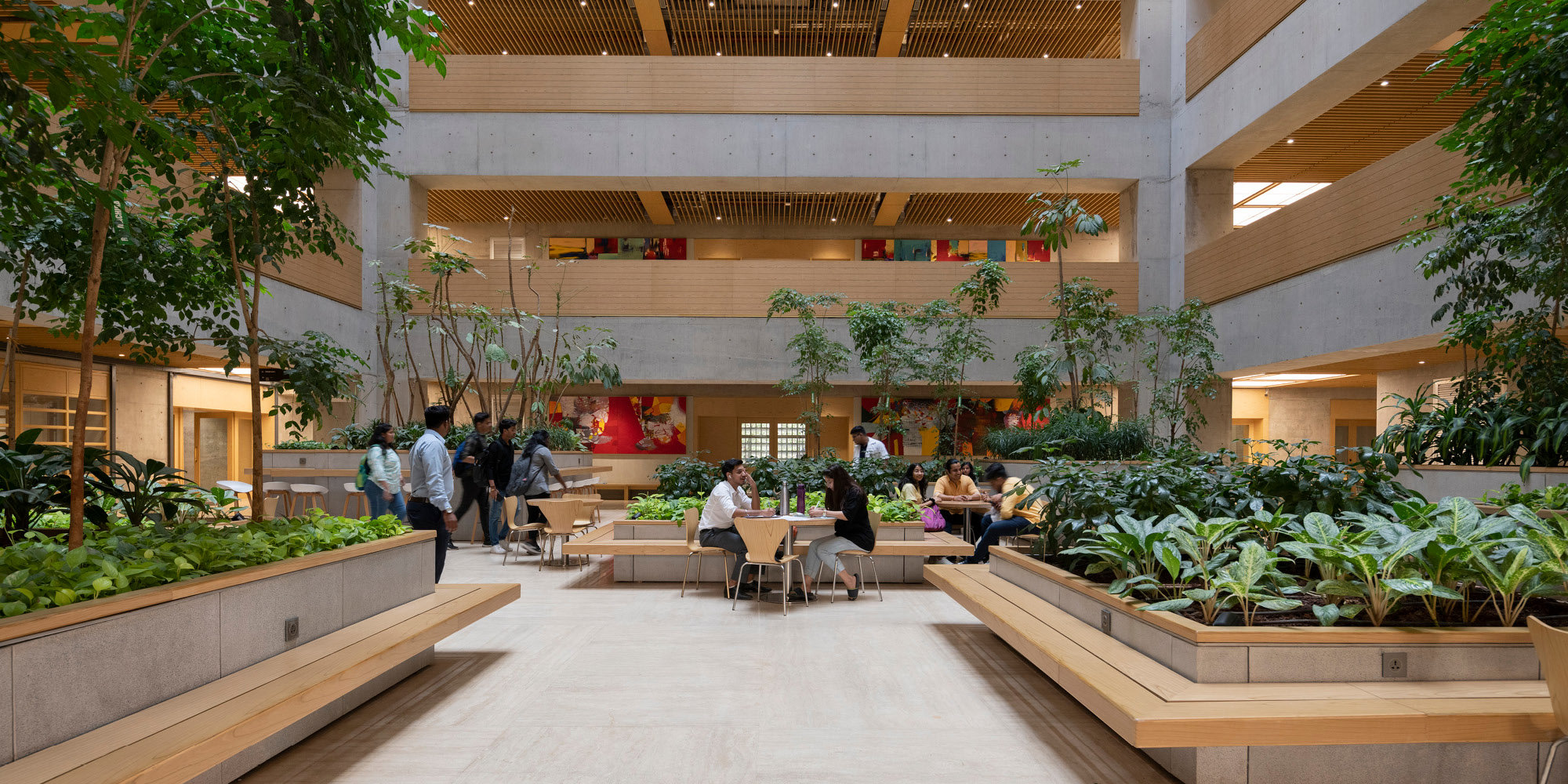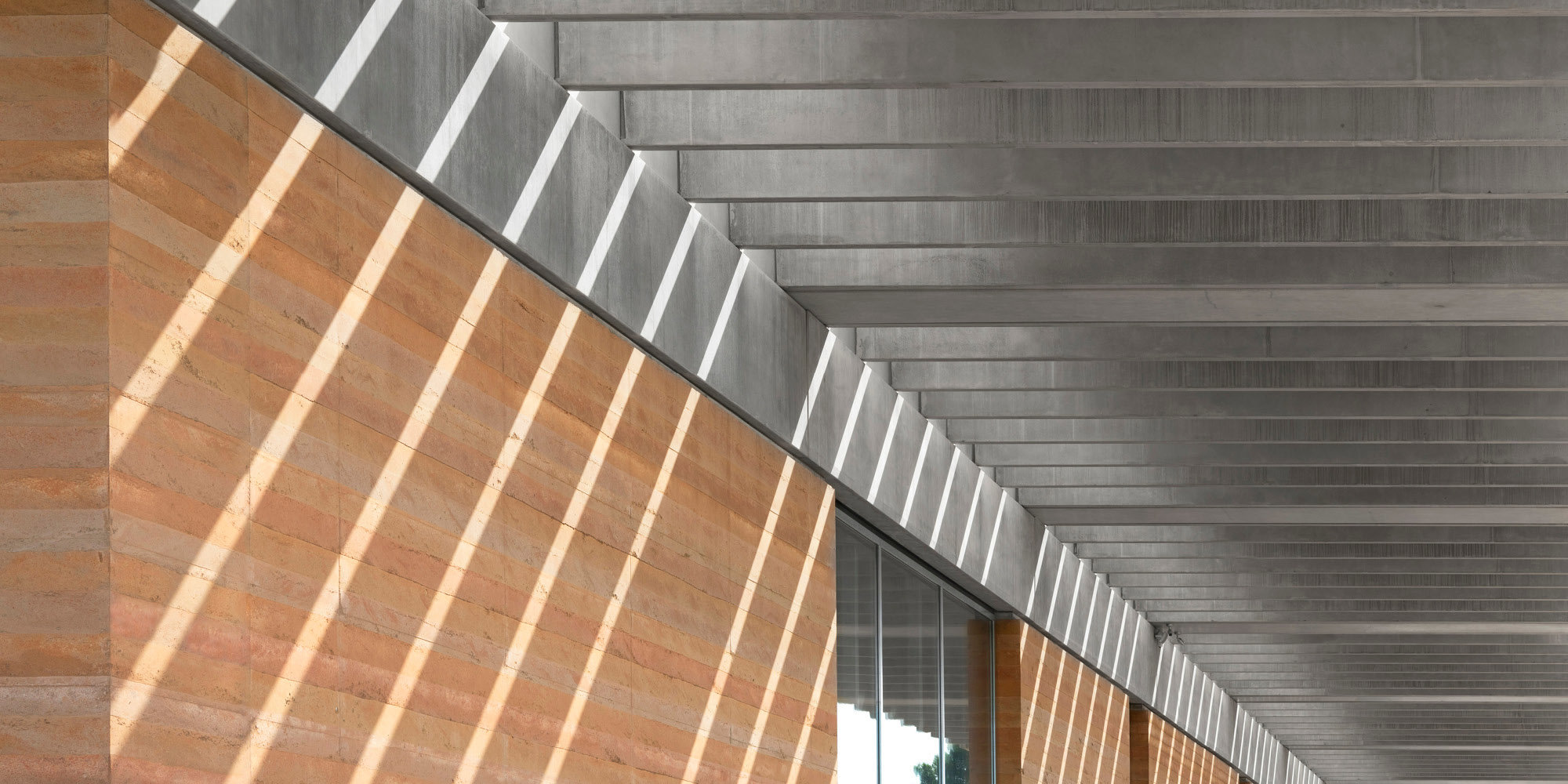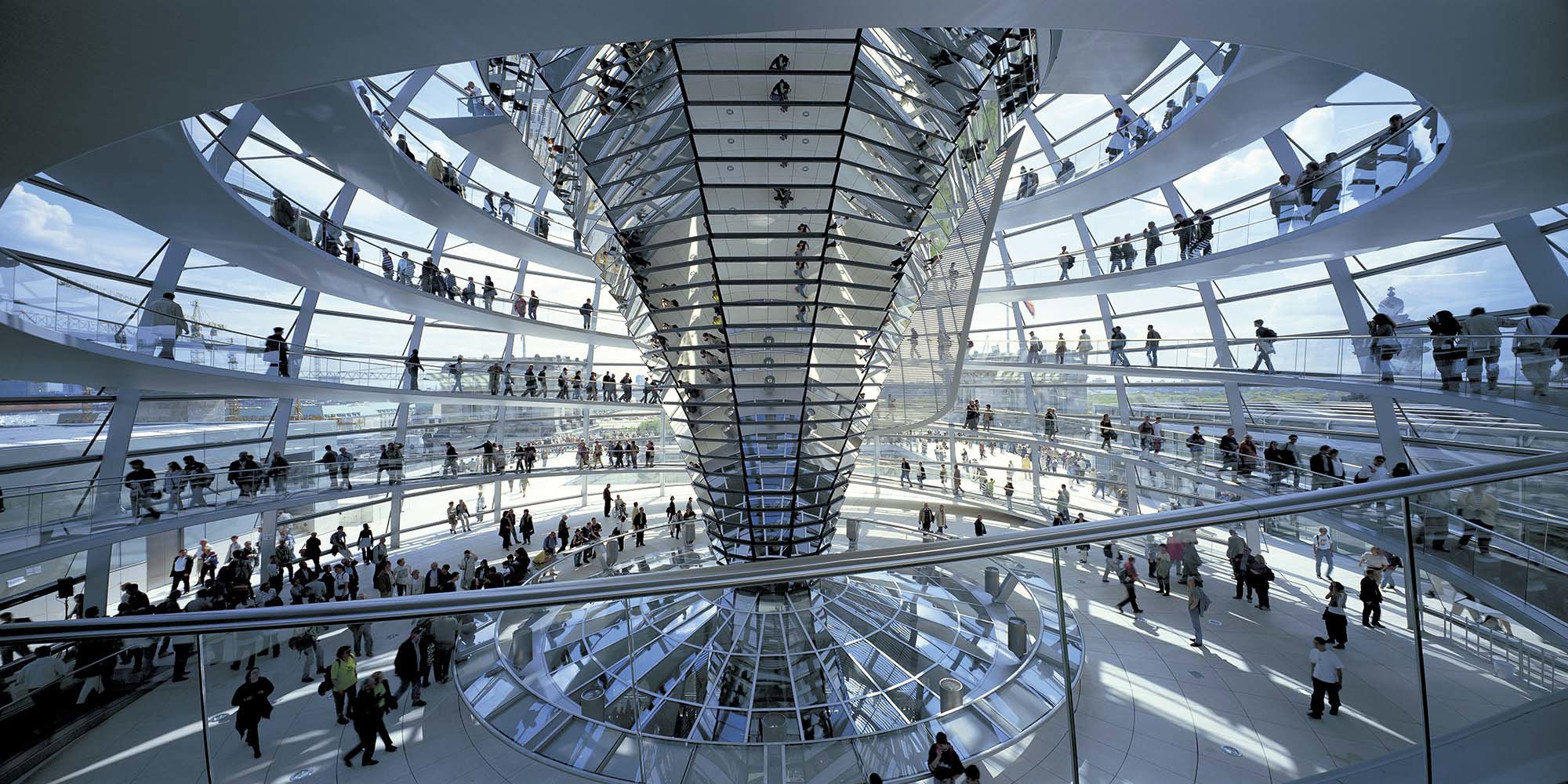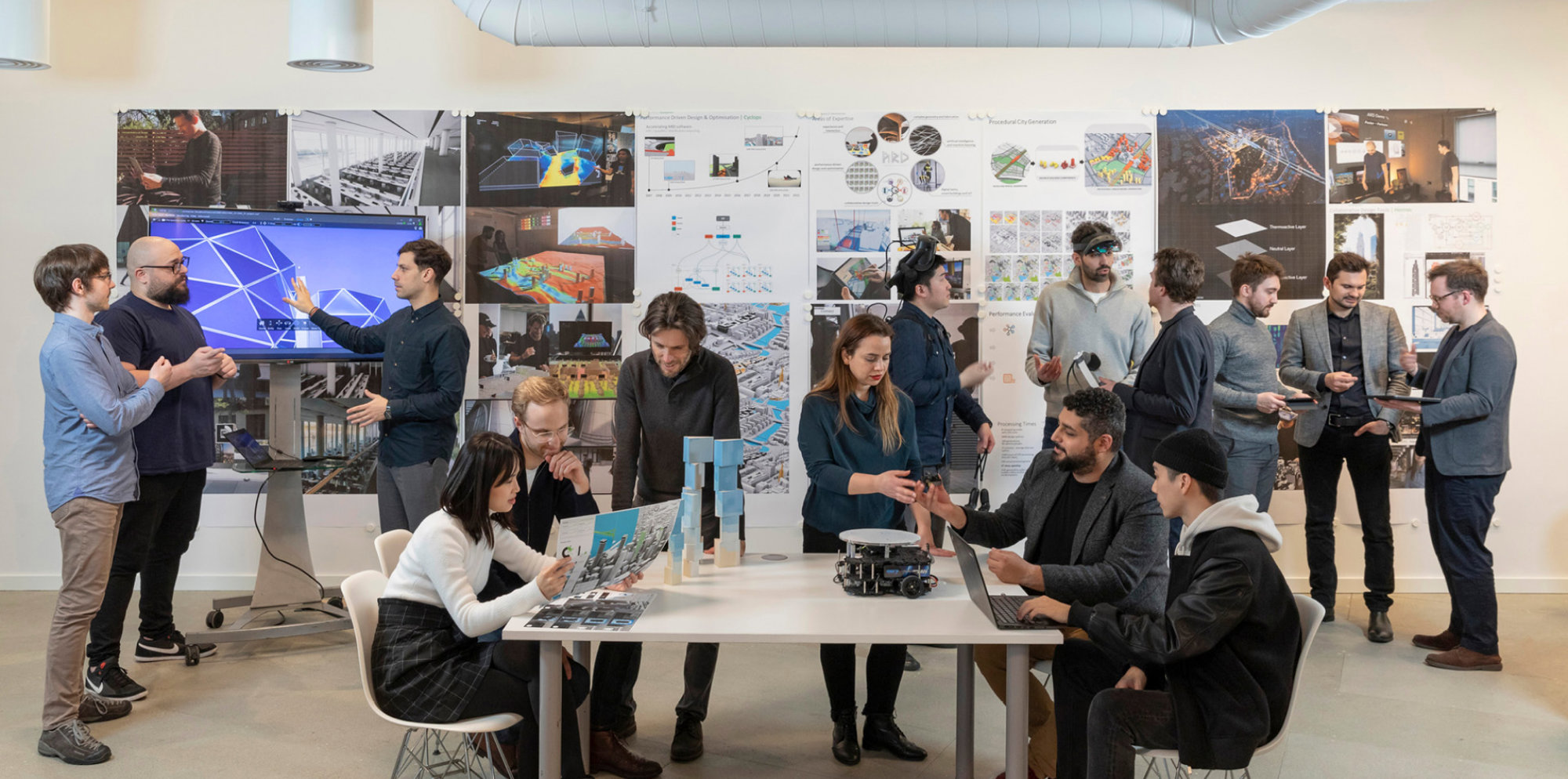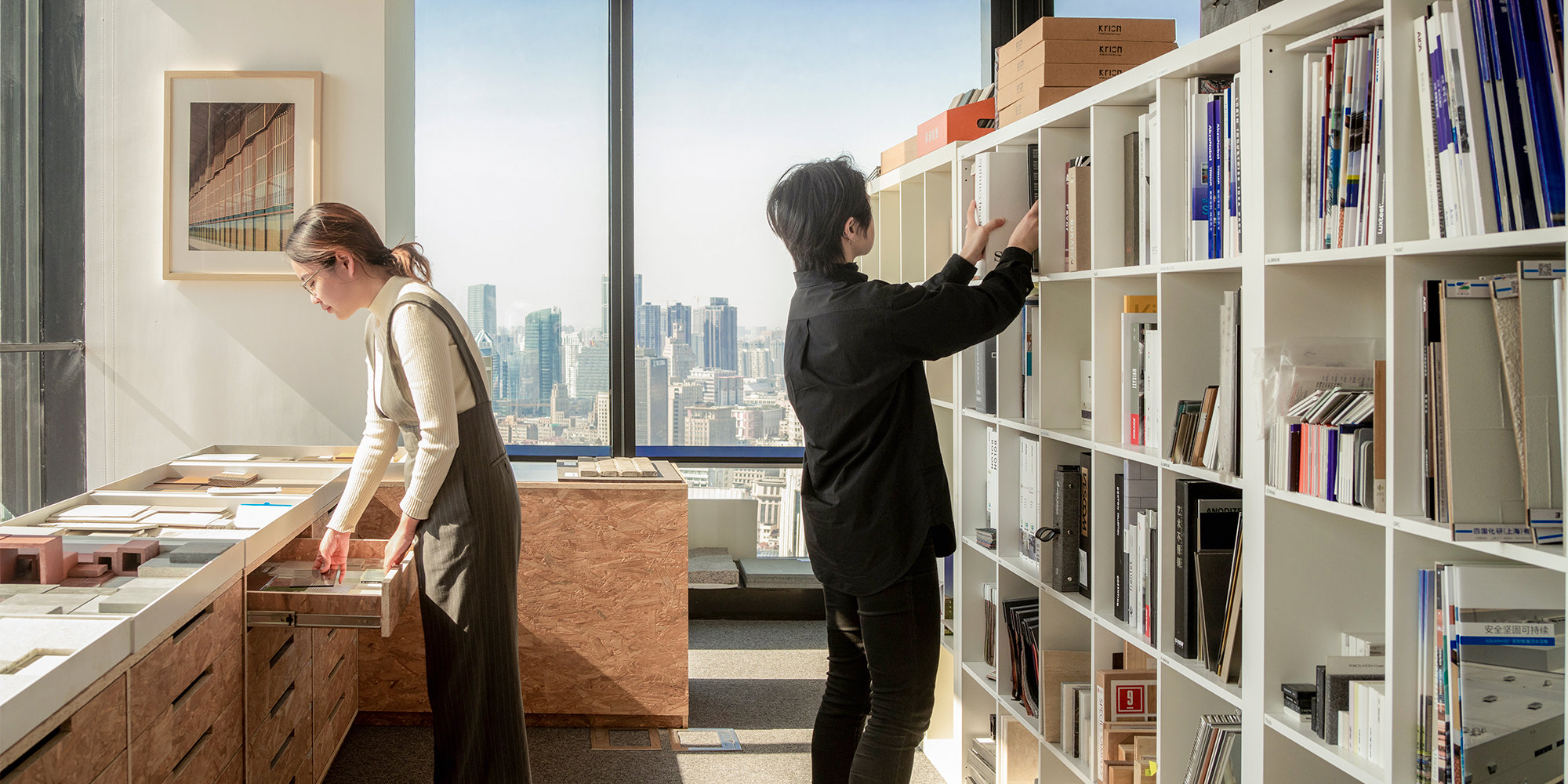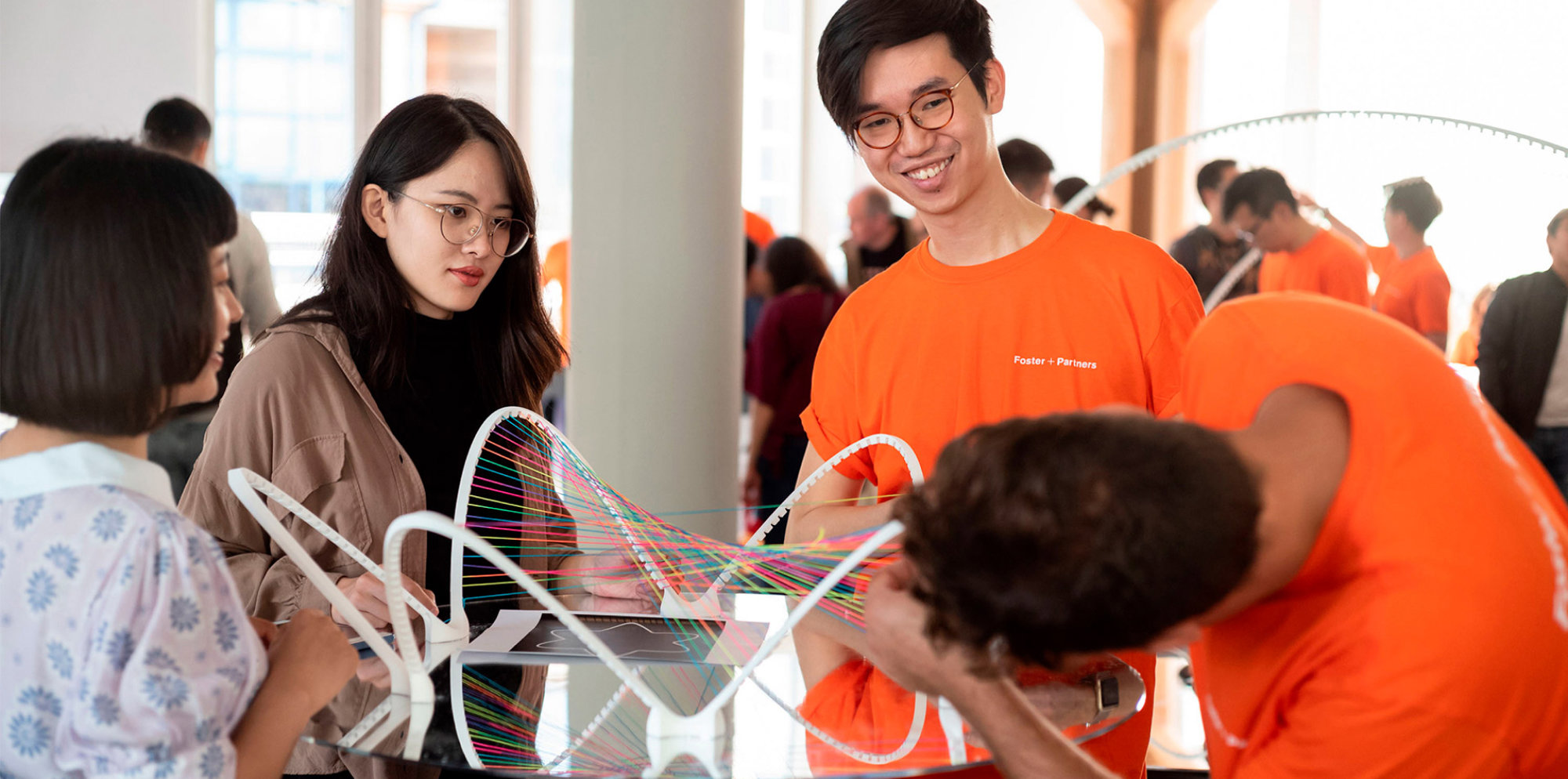Today, London's Mayor Ken Livingstone officially opened the International Headquarters of JCDecaux - one of the world's leading suppliers of street furniture and advertising space. The building, which has already won an RIBA Regional Award and the RIBA Crown Estate Conservation Architecture Award, is designed by Foster and Partners, who have worked with JCDecaux for more than ten years.
The company has a strong emphasis on design excellence. It has commissioned some of the world's most respected architects to design, amongst other items, its bus shelters and advertising columns. Foster and Partners has been working with the company since the early 1990s, designing a range of street furniture that can now be found in many cities including London, Paris, Prague and San Francisco.
The headquarters building has three distinct parts, an existing 1930s building, a new storage warehouse and a covered street that links the old and the new. This street acts as a semi-open air 'Exhibition Space' for displaying a selection of JCDecaux's street furniture. The display area is closed at each end by steel screens and is covered with an asymmetrically vaulted glazed canopy, which links the office building and the warehouse. The roof canopy resolves the different geometries of the two buildings that it joins, and louvres incorporated within it provide shading for the offices in the old building.
The company's administrative offices are located in the refurbished Grade II listed building, which forms the street frontage. Originally built in 1936 for Curry's cycles and radios, the building has been restored in accordance with English Heritage's advice.
The warehouse is a fully integrated structure, designed for maximum economy and efficiency. The concrete skeletal frame consists of rectangular precast concrete columns and beams. The profiled metal roof-deck acts as a horizontal diaphragm, transferring lateral wind forces into the precast concrete panels that form the building's walls.
Using prefabricated elements, it was possible to erect the columns and walls in a mere twelve days. This is the first British building to employ an American system of pre-cast thermally-insulated concrete panels, known as 'hardwall construction'. These panels, measuring 9 x 3 metres, consist of two layers of reconstructed stone - reinforced concrete mixed with limestone - and an insulating layer of a styrofoam-based material called Thermomass. The panels are simply craned into position, one on top of the other, using steel dowel pins to secure them. This system has significant benefits over and above its ease and speed of construction. The insulating layer makes the blocks 97% thermally efficient, leading to long-term energy savings. Because of the high-quality finish to the panels once they are all in position the internal walls are complete, requiring no lining or decorating.
Circular glazed roof lights in the aluminium roof admit sufficient daylight to reduce the need for artificial lighting on bright days. Light fittings are installed directly below these apertures so that whether the space is naturally or artificially lit there is always a regular pattern of light-pools on the floor below. The floor has been finished with a bright yellow poured epoxy-resin. The effect of sunlight on the yellow floor dramatically reflecting back up to the white-painted ceiling gives the whole interior a warm yellow glow.
Foster and Partners continues its relationship with JCDecaux. The practice has recently completed the design of new advertising billboards and is currently working on a number of other projects with the company.
